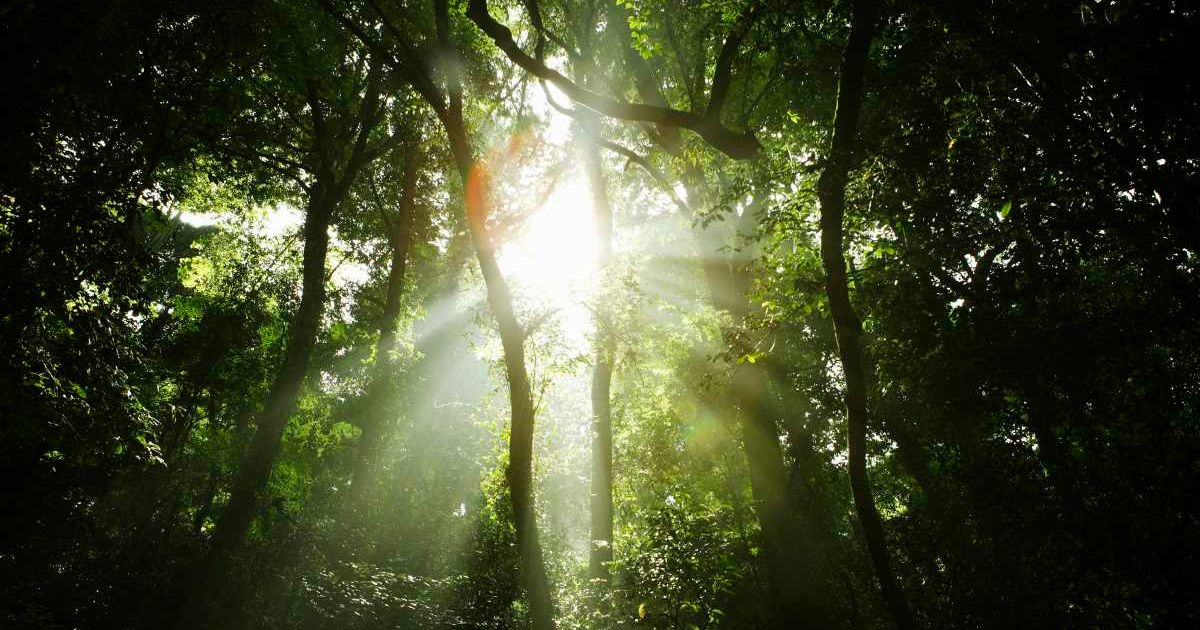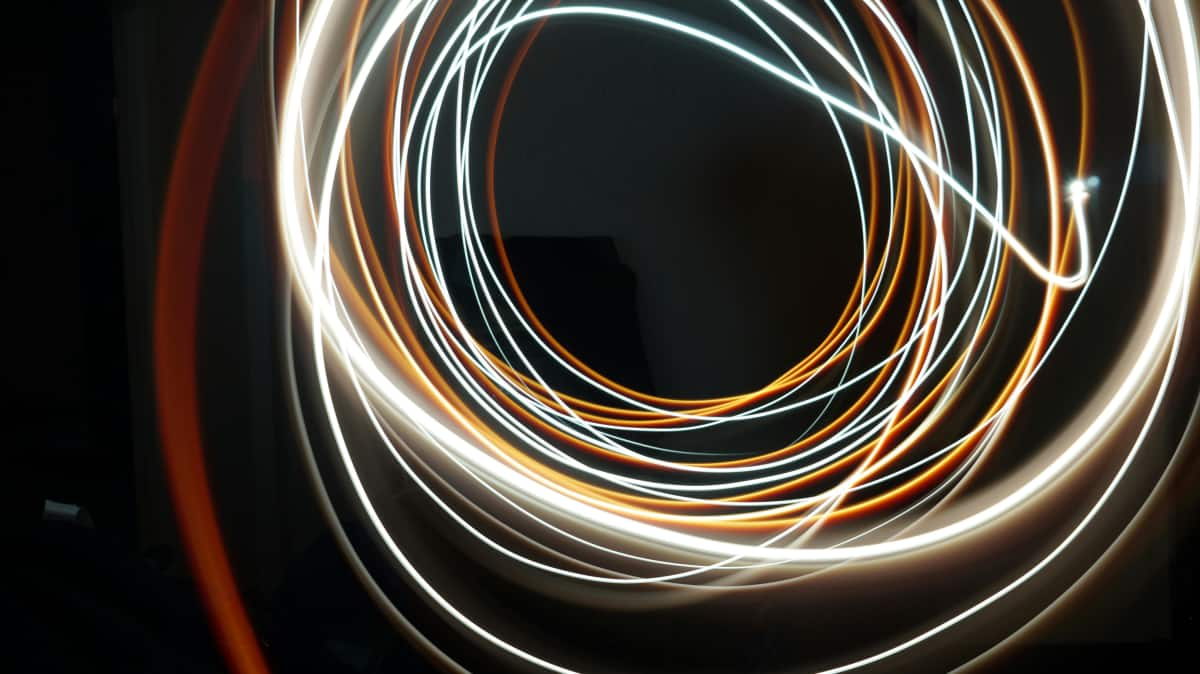Uncanny light in Chile captured in January 2025 through camera traps continues to be a mystery for experts

Camera traps in Chile have detected uncanny lights in the wilderness. Despite being analyzed by several experts, the reason behind these lights has remained a mystery, according to Live Science. The phenomenon was captured on January 21, 2025, by camera traps in the Patagonia region's darkness. It was at 12:22 a.m. local time when the descending light appeared and possibly lasted for two seconds. During this time, the equipment managed to take three images. These camera traps have been planted in the region for a long time, but never before has such a light appeared in front of experts.

What was this Light Phenomenon?
Biologist Alejandro Kusch explained that the light is initially distant, after which it begins approaching the camera. It remains static for a little while and then disappears. The movement makes it seem like the light is descending. The camera trap, which captured the whole turn of events, is one of the 65 traps distributed between continental Patagonia and Tierra del Fuego, under the Public Baseline project. The project's objective is to monitor wildlife in the area. The program began in November 2023, and to date has collected at least 365,000 images and videos. None of the photos and videos, barring the three taken in January, features this light phenomenon.
In Chile’s Patagonia, a University of Magallanes camera trap captured mysterious descending lights, baffling experts and reigniting local legends of “bad lights,” as researchers grapple with potential explanations, from insects to unidentified aerial phenomena. pic.twitter.com/iSocWq3xeZ
— unumihai Media (@unumihaimedia) September 12, 2025
Speculations About the Phenomenon
Officials sent the photos to many places for examination, some of them being Chile's civil aviation authority and the La Serena UFO Museum, according to Vice. Two popular theories that have emerged are that it is a spider crawling across the lens or a rare plasmoid. A plasmoid is a bubble of plasma that has been linked to ball lightning. The latter proposal, though intriguing, does not seem accurate, as there were no conditions on January 21 that supported it. "There were no atmospheric conditions for a storm, so it is very unlikely that ball lightning could have formed," researcher and broadcaster Freddy Alexis shared. Alexis believes these lights could be similar to the unexplained lights of Hessdalen, Norway. The former theory also wasn't supported by a lot of evidence.

Indigenous People's Take
However, the lights have appeared for the first time in front of several experts, but it has not come out of left field for the indigenous community of the region. "This is not the first time these phenomena have been described in the area, but it is the first time they have been recorded in this way," University of Magallanes researcher Rodrigo Bravo Garrido said. Mapuche people have long claimed that they have witnessed "bad lights" in the fields. They believe the lights are representative of spirits. Researchers do not believe this theory, and have ventured into data regarding unidentified aerial phenomena (UAP) to explain the light.
Some Pentagon files reportedly describe a phenomenon similar to these lights, but due to the poor quality of the data, further investigation is challenging. Mostly, these UAP sightings were associated with objects like foreign spy drones and beings such as birds. Researchers are hopeful that more pictures of this light will appear in the coming decade of this project, which will clarify the origin of the phenomenon. "The scientists involved are eager to know what this was," Garrido said. "This is also science. It's about discovering what happens in nature."